AMWUA Blog
BY: AMWUA StaffCelebrating Wetlands in the Desert
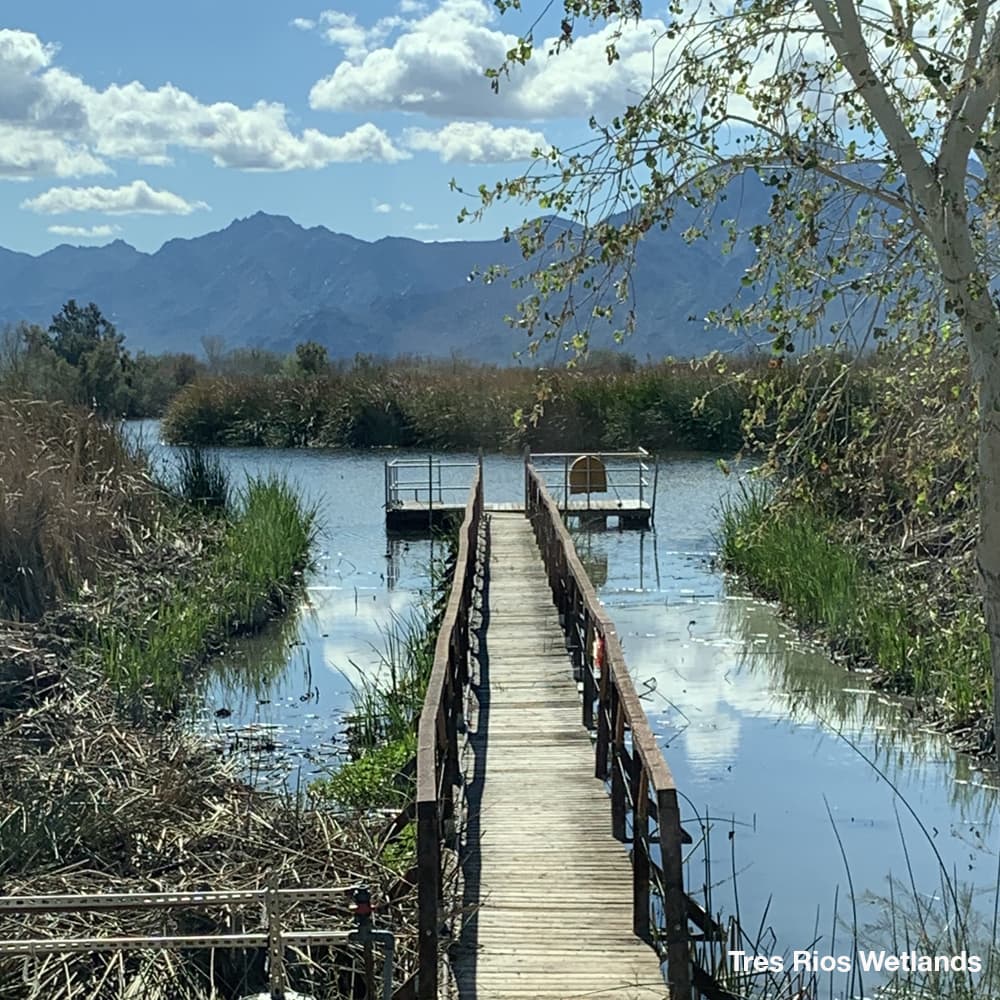
Wetlands are areas of land where water covers the soil. They are natural or manmade. The water may be static or flowing. And the water can be any type - salt, fresh, reclaimed, or even a combination. Wetlands exist in every country and in every climatic zone, from the polar regions to the tropics, and from high altitudes to dry regions like Arizona.
Wetlands are considered valuable because they clean the water, recharge water supplies, reduce flood risks, and provide fish and wildlife habitat. Also, wetlands provide recreational opportunities, aesthetic benefits, and sites for research and education. The U.S. Environmental Protection Agency (EPA) reports about 1,000 manmade wetlands are operating nationwide, most in the southwest where reclaiming wastewater is a top priority like it is here in the Valley.
May is American Wetlands Month and a time when the EPA along with federal, state, tribal, local, non-profit, and private sector organizations celebrate the vital importance of wetlands and riparian areas to our Nation’s ecological, economic, and social health.
There are a variety of wetlands and riparian areas, but the ones we have locally are considered constructed wetlands meaning they are treatment systems that use natural processes involving wetland vegetation, soils and their associated microbes to improve water quality. In addition to water treatment our local wetlands promote water reuse, create wildlife habitats, and provide public use benefit, while offering a cost-effective and technically feasible way to treat and store water.
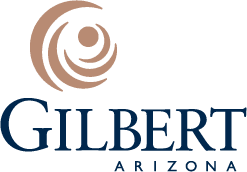
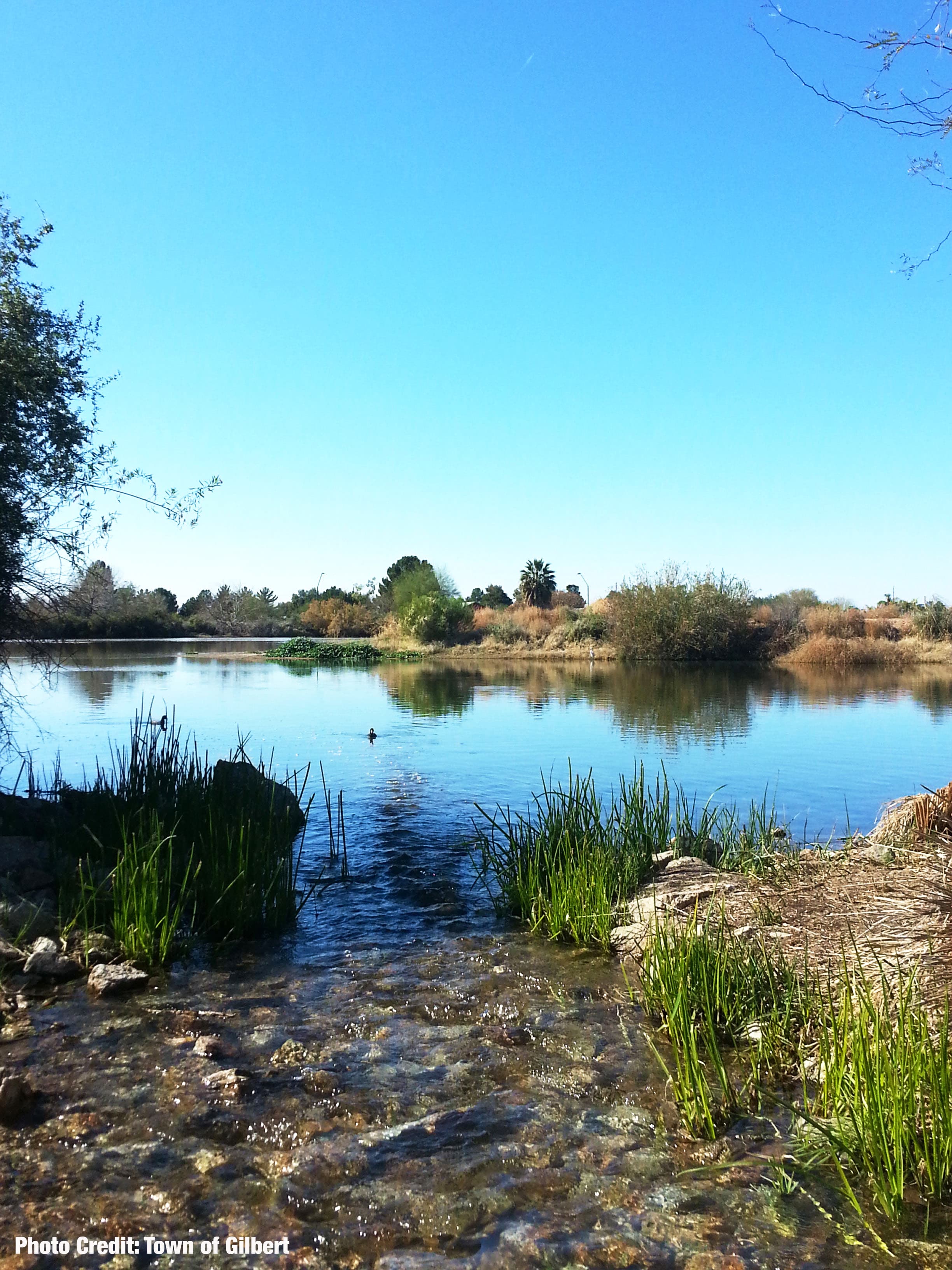
The Town of Gilbert , for example, expanded its wastewater storage into a 110-acre wildlife habitat called Riparian Preserve at Water Ranch back in the 1990s. The Water Ranch, which includes a library, fishing lake, park, fire station, and Gilbert’s drinking water treatment plant, also attracts more than 200 species of birds and thousands of visitors annually. In addition to that large number of tourists and residents that utilize the area, students travel to the park for an outdoor classroom experience, highlighting the vast benefits of such an area. Those recharge basins also play a key role in Gilbert’s commitment to using 100 percent of its treated reclaimed water. When Valley cities talk about managing water, recharge basins are part of most cities’ plans to provide a secure water supply for their residents and businesses. The basins hold the water and allow it to percolate into the ground where it can be pumped out at a later time.

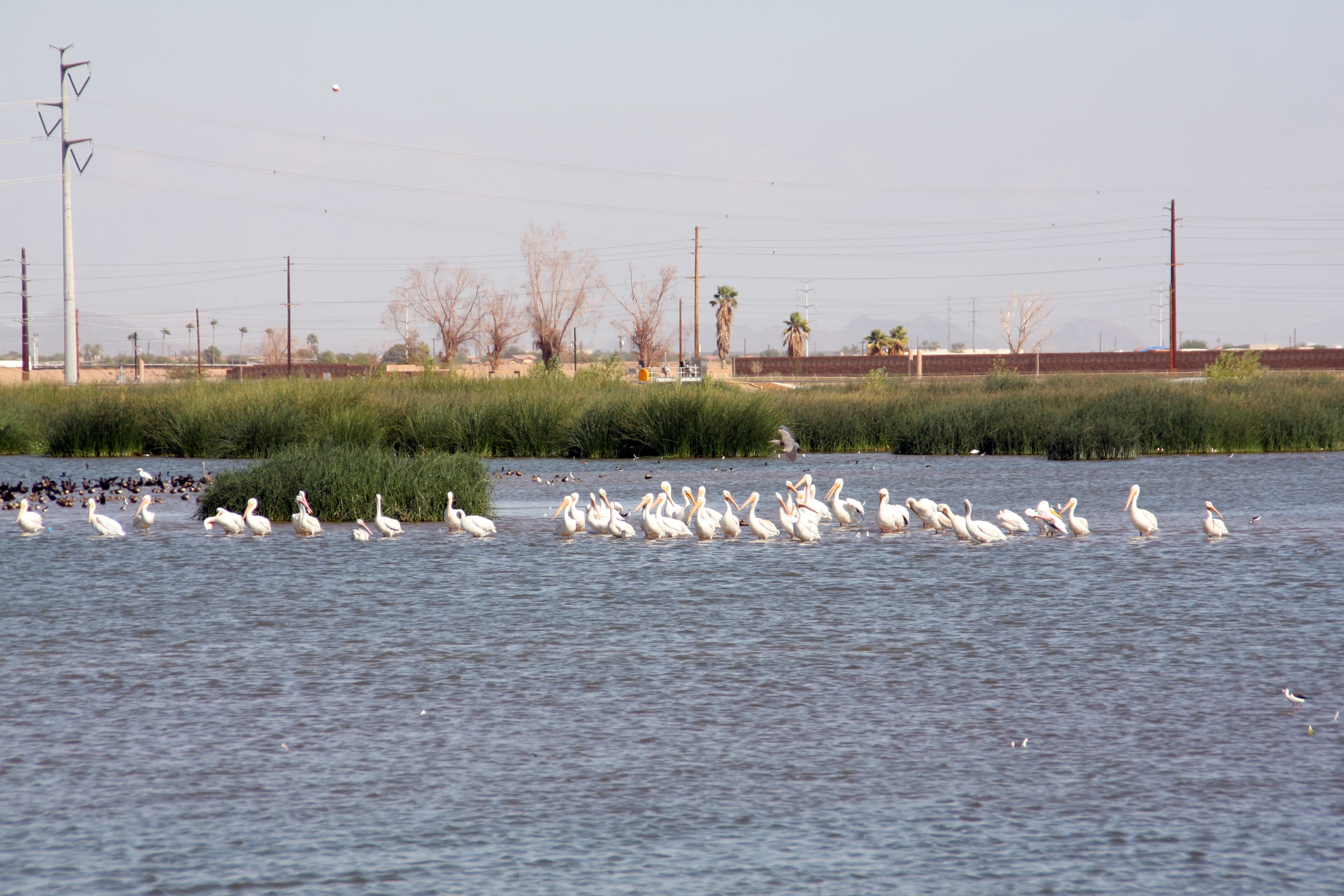
The City of Phoenix created Tres Rios out of vacant farmland along the Salt River bed. Every day an average of 78 million gallons of treated wastewater flows through Tres Rios Wetlands from the neighboring 91st Avenue Wastewater Treatment Plant and into the Salt River. Farmers downstream of the flow use the reclaimed water for irrigating non-edible crops, such as cotton. Tres Rios Wetlands is a vibrant wildlife site where native trees and water-rooted grasses attract birds and mammals. The site also attracts photographers, researchers, and school kids. Creating the wetlands had its challenges, such as learning to regulate the flow of water to support wildlife, to eradicate invasive species such as Tamarisk trees, and to control mosquitoes. Special mosquito-eating fish, a balance of birds and bats, environmentally friendly chemical agents, and diligent monitoring now control the pests.

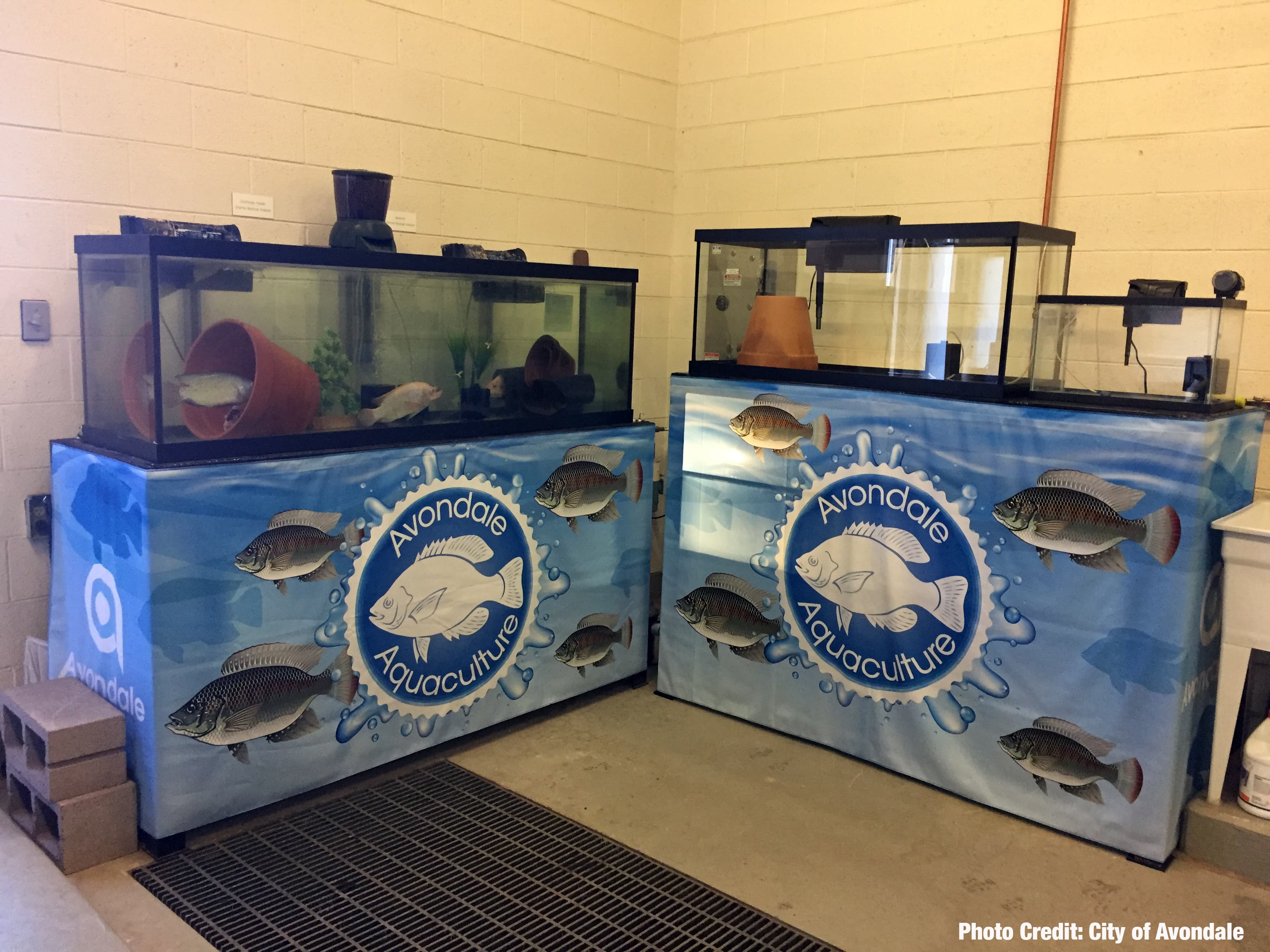
The City of Avondale has successfully built and implemented its Aquaculture program that is run by city employees. This program consists of their own in-house hatchery and full grow-out facility that allows the city to hatch, raise, and stock tilapia in their Crystal Garden Lakes , for algae control. The tilapia help clear algae from the 21 connected lakes that are part of this 72-acre wetlands project. By breeding its own tilapia, the city has cut the cost of stocking Crystal Garden Lakes significantly. Their wetlands, which are filled with water delivered by the Salt River Project, also act as a surface water treatment plant by naturally treating the water before storing the water underground in the city’s aquifer
It’s easy to see that wetlands are important and provide numerous beneficial services for people, fish, wildlife, and can play an important role in water management. That’s why we are happy to celebrate their significance during American Wetlands Month and we hope you will do the same by visiting one of our local wetlands and see the benefits firsthand.
Read more on other regional projects:
Lower Colorado River Multi-Species Conservation Program
Rio Salado Habitat Restoration Center
For over 50 years, Arizona Municipal Water Users Association has worked to protect our member cities’ ability to provide assured, safe, and sustainable water supplies to their communities. For more water information visit www.amwua.org
Stay up to date & sign up for the AMWUA Blog:
Sign Up Now For Email Marketing you can trust.
